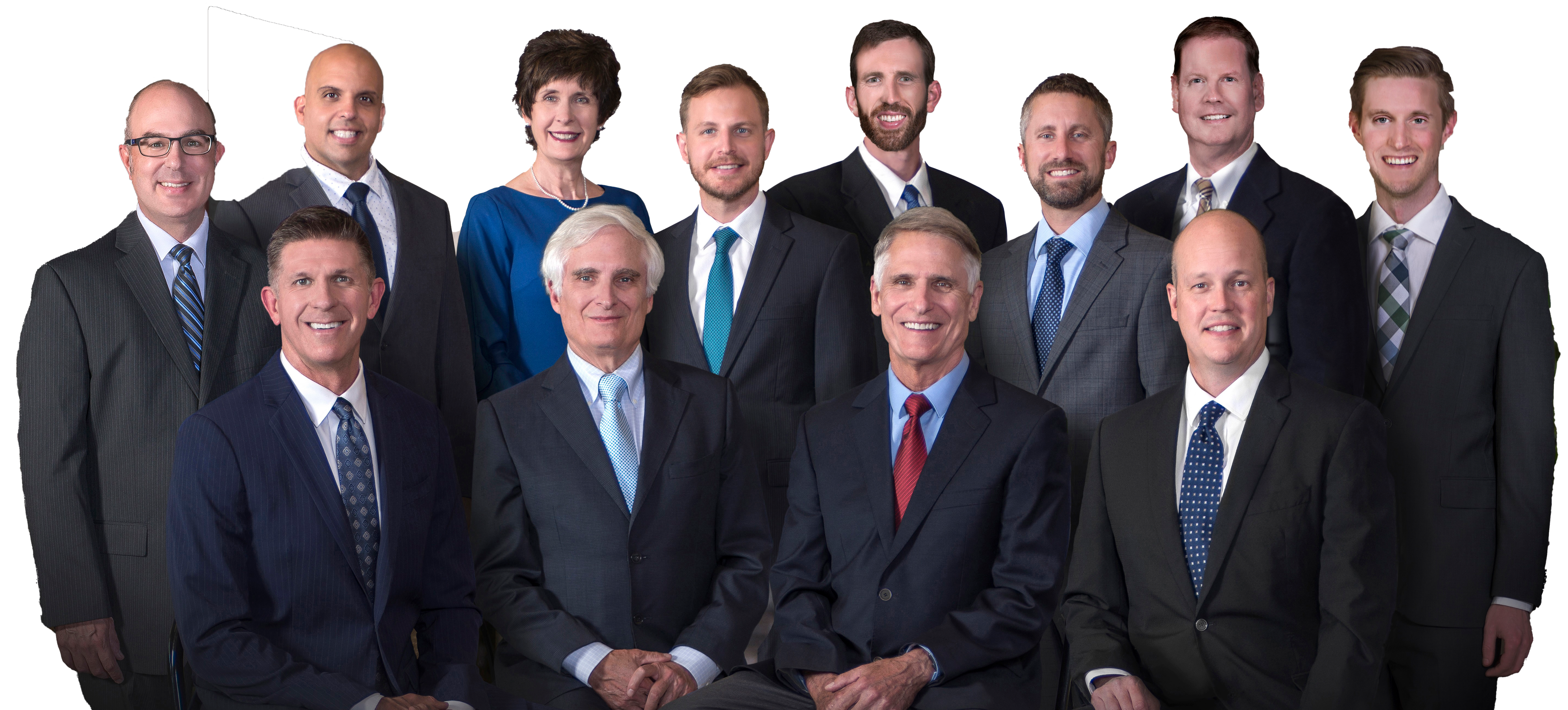Who is at risk?
Older people are generally more at risk of developing cataracts than younger people. Approximately 60% of people ages 60 and older have their vision significantly affected by cataract formation. For people over age 55, cataracts are the leading cause of vision loss.
Diabetes, heredity, eye trauma and certain medications can accelerate cataract development, and there is some evidence that smoking can also accelerate cataract development.
How is a cataract diagnosed?
Cataracts are usually detected during an examination by a qualified ophthalmologist. Eye Surgical Associates has many ophthalmologists qualified to diagnose cataracts. Regular appointments are important for early detection of cataracts. Some of the standard eye tests that may be used to diagnose cataracts include:
- Visual acuity test – A chart is used to evaluate how well the patient sees at multiple distances.
- Pupil dilation – Eye drops widen the pupil so that the lens and retina can be better examined.
- Tonometry – Fluid pressure in the eye is gauged in this exam, which also helps detect glaucoma.
How effective is cataract surgery?
According to the American Society of Cataract and Refractive Surgery (ASCRS), 98% of cataract surgeries are considered successful. Risk is even lower in patients who undergo the advanced procedures available from Eye Surgical Associates, both of which leave the eye’s capsule intact. Most patients report improved vision and few complications.
What happens after surgery?
Recovery time after cataract surgery is usually about six weeks, but most discomfort should subside after a day or two. Immediately following surgery, the patient may experience some pain and irritation of the eye. Many patients also experience increased light sensitivity and a small amount of fluid discharge. Special pills and eye drops may be prescribed to promote healing and regulate the pressure inside the eye. Pain relievers may also be taken during the first few days if necessary. Follow-up exams allow the physician to monitor patient progress. Sunglasses or eye shields can help protect the eye while it is healing.
What is the chance of having normal vision again?
After surgery, there will be a period of recovery while the eyes adjust to seeing without the cataract. If only one eye is treated, the eyes must learn to work together again. Many everyday activities can be resumed soon after surgery, although patients may experience blurry vision for a time. Driving may be impractical and unsafe at first; your physician will advise you on the appropriate time to begin driving again. Also, patients who receive intraocular lenses (IOLs) may notice some color distortion at first. This should resolve itself within a few months, as the eyes adjust to the new, clear lenses of the IOLs.
Most people will still require reading glasses, bifocals or contacts after cataract surgery, despite the improvement in vision that the procedure offers. However, Eye Surgical Associates is proud to offer a new generation of Advanced Lenses that can significantly reduce or even eliminate the need for reading glasses.





